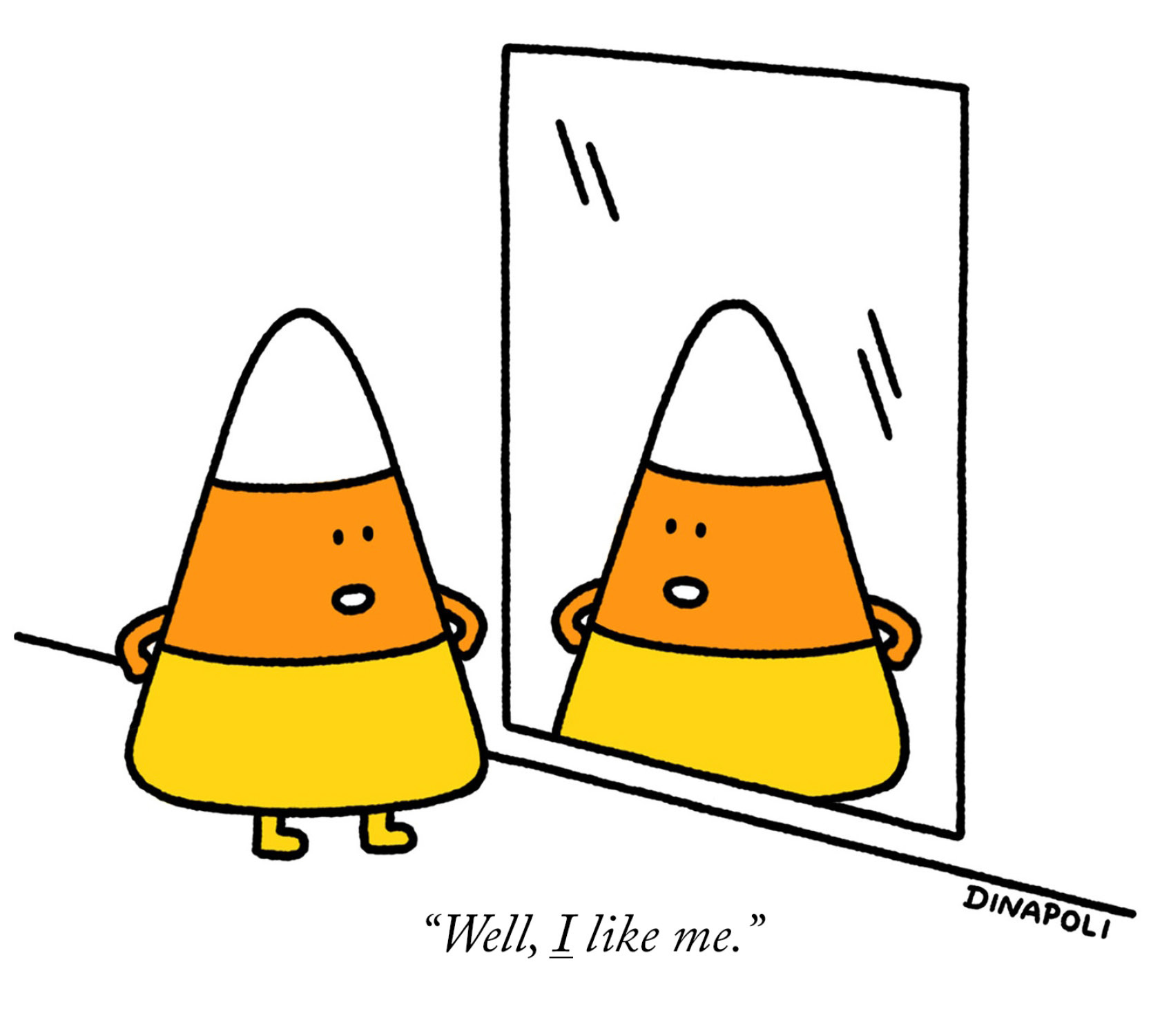Oh So Good

Sweet Corn time, oh, yeah!!! :)))))
It’s that time of year when our local crops are starting to come in – a time to enjoy the effort put in by farmers, growers and back yard champions. Ridiculously delicious tomatoes, tasty cucumbers and zucchini, beets and potatoes, peppers of all kinds, and of course fresh corn on the cob. I know that I’ve written about corn on the cob before, there’s just something about fresh corn that can’t be beat. I’m a sucker for those roadside “Sweet Corn” signs, darting in to “just get some corn”, and coming out with two or three bags of produce. Corn is sooooo good, and when prepared in different ways, I just can’t get enough. I really don’t think a person should every eat just one ear of corn! Aside from just boiling in water, I searched out a little history, a bunch of fun ways to cook it, and also different seasonings and toppings – and I think everyone is a hit. I think that you to give each of them all a try. Special thanks to Wikipedia, ChatGPT, foodnetwork.com, spicysouthernkitchen.com, simplyrecipes.com, southernliving.com, foodwithfeeling.com, hungryhealthyhappy.com, pumpkinnspice.com, thespruceeats.com, thekitchn.com, spendwithpennies.com, and natashaskitchen.com. And if you have a family favorite, be sure to send it my way at skowalski@khtheat.com. Enjoy, and thanks to all the recipe providers.
The history of sweet corn dates back thousands of years. Sweet corn (Zea mays var. saccharata) is a cultivar of maize, which originated in Mesoamerica, in what is now modern-day Mexico. Corn was first domesticated by ancient indigenous civilizations such as the Maya and Aztec around 9,000 years ago. These early maize varieties were quite different from the sweet corn we consume today; they were small, had hard kernels, and were primarily used for making flour or eaten as a starchy vegetable.
The genetic mutation responsible for the sweetness in corn is believed to have occurred around 10,000 years ago in the valleys of the Tehuacán region of southern Mexico. This natural mutation caused an accumulation of sugar in the kernels, making them tastier than the traditional maize varieties.
The arrival of Christopher Columbus in the Americas in 1492 marked the beginning of the Columbian Exchange, a period during which various crops, including corn, were introduced to the rest of the world. Corn was brought back to Europe and other parts of the world, where it was initially grown primarily for animal feed.
The first sweet corn variety, known as “Papoon,” was developed in the 18th century in Pennsylvania. It had a genetic mutation that made it sweeter and more palatable than other corn varieties.
During the 19th and 20th centuries, sweet corn’s popularity increased rapidly, particularly in the US. The development of new sweet corn varieties, such as the “Golden Bantam,” in the early 20th century further enhanced its taste and texture. Canning and freezing technologies also contributed to the widespread availability of sweet corn throughout the year.
Here are some of the best ways to cook this tasty treat:
Grilled corn: Brush the corn with melted butter or olive oil, sprinkle some salt and pepper, and then grill it over medium heat until it’s lightly charred. The grilling process enhances the natural sweetness of the corn and adds a smoky flavor. Try this one: CLICK
Boiled corn: Boiling corn is a classic and straightforward method. Simply place the corn cobs in a pot of boiling water for about 5-7 minutes until they become tender. Serve with butter and salt for a simple yet delicious treat. Here’s one with butter and milk, instead of just water: CLICK
Microwave corn: Just leave it in the husk for hot steamy delight: CLICK
Roasted corn: Little wrap of foil, butter and salt, fresh spices and YUM! CLICK
And, to top off your corn, try these toppings:
Butter and salt: Sometimes, the simplest way is the best. Spread a generous amount of butter on the cooked corn, and then sprinkle it with salt to enhance the natural sweetness. Pepper too, (it looks cool!)
Mexican-style street corn (Elote): Coat the boiled or grilled corn with a mixture of mayonnaise, lime juice, chili powder, and crumbled cotija cheese. You can also sprinkle some fresh cilantro for added flavor. CLICK
Herb butter: Create a flavored butter by mixing softened butter with chopped fresh herbs like parsley, cilantro, or chives. Spread the herb butter over the warm corn for a burst of savory goodness. CLICK
Parmesan cheese and herbs: After applying butter to the cooked corn, sprinkle grated Parmesan cheese and finely chopped herbs like thyme or basil on top. CLICK
Cajun-style corn: For a spicy kick, mix together melted butter, Cajun seasoning, and a dash of hot sauce. Brush this mixture over the corn for a zesty and flavorful experience. CLICK
Lime and chili: Squeeze fresh lime juice over the corn and then sprinkle it with chili powder or Tajin seasoning for a tangy and spicy twist. CLICK
One Topping Winners: – cheezy, spicy, tangy, or hot, hot , hot – here’s are some One Topping ideas you need to try: CLICK
In the odd chance you have leftovers, here’s some simple tips to make the most of them:
Corn on the cob salad: If you have leftover corn, cut the kernels off the cob and use them in a salad with cherry tomatoes, avocado, red onion, and cilantro, dressed with lime juice and olive oil. Here’s another one: CLICK
Corn chowder: If you have several cobs leftover or you just want to try something different, you can make a delicious corn chowder. Cut the corn off the cob and use it as an ingredient in a creamy soup with potatoes, onions, and other veggies. CLICK
Remember, corn on the cob is best enjoyed when it’s fresh and in season, as the sweetness and juiciness are at their peak. Enjoy!!
::::::::::::::::::::::::::::::::::::::::::::::::::::::::::::::::::::::::::::::::::::::::::
DO YOU LIKE CONTESTS?
Me, too.
As you may know the Kowalski Heat Treating logo finds its way
into the visuals of my Friday posts.
I. Love. My. Logo.
One week there could be three logos.
The next week there could be 15 logos.
And sometimes the logo is very small or just a partial logo showing.
But there are always logos in some of the pictures.
So, I challenge you, my beloved readers, to count them and send me a
quick email with the total number of logos in the Friday post.
On the following Tuesday I’ll pick a winner from the correct answers
and send that lucky person some great KHT swag.
So, start counting and good luck!
Oh, and the logos at the very top header don’t count.
Got it? Good. :-))))
Have fun!!
::::::::::::::::::::::::::::::::::::::::::::::::::::::::::::::::::::::::::::::::::::::::::

 The pictures follow the text below. Enjoy!!!! :)))))
The pictures follow the text below. Enjoy!!!! :)))))



